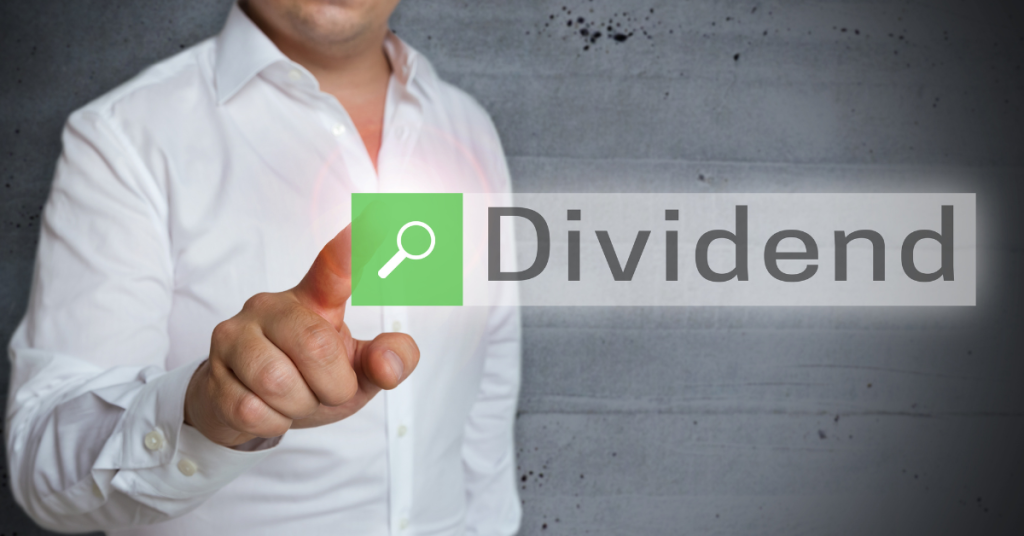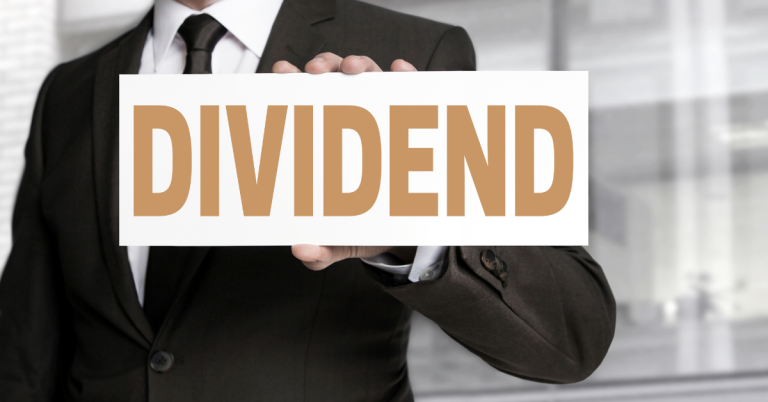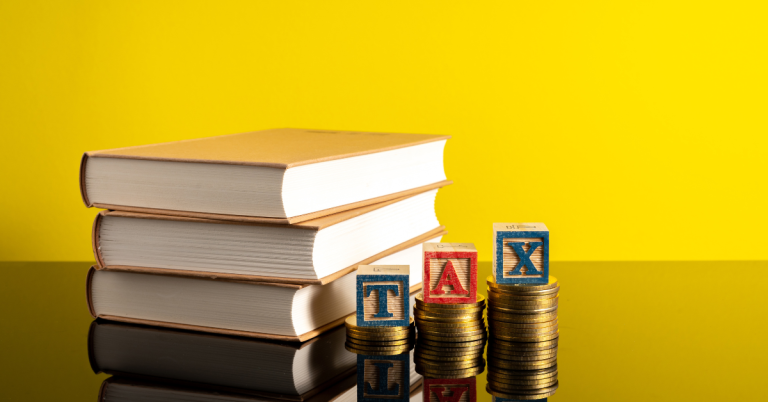How Frequently May I Receive Dividends from my Limited Company?
How to withdraw earnings from my limited liability company
A Limited Company is a legal entity set up under UK law. A shareholder owns shares in the company. If you want to take out dividends, there are two options:
1. You can ask shareholders to vote on it, and if they agree, the directors will make sure that happens. This is called a special resolution.
2. Alternatively, the directors can decide themselves how much to pay out. This is known as a general resolution.
What is a dividend?
A dividend is an alternative to salary. Instead of receiving a regular paycheck, you receive money in return for owning shares of stock. This is called “dividends.” You don’t actually work for the company anymore; you just own part of it. When a company makes a profit, it pays out some of those earnings as dividends. If you own enough shares, you’ll eventually see a portion of those profits come your way.

When can dividends be withdrawn?
Companies can release dividends anytime during a calendar year. They are usually paid once per quarter, although some companies pay dividends twice per year. Some companies choose to pay dividends quarterly even though they could pay them monthly. This is because shareholders often prefer receiving dividends in smaller amounts throughout the year rather than waiting for one large payment at the end of the year.
A company cannot issue dividends if they are losing money or have insufficient funds. If a company does not have sufficient cash flow to cover the dividend payments, it must borrow money to make the payments.
How often can dividends be withdrawn?
You can take out dividends as many times as you wish during the course of the tax year. However, it is important to note that you must always have sufficient funds to pay out dividends. If your company does not have adequate cash reserves to cover the dividend payments, then you could face a fine from HM Revenue & Customs (HMRC). In addition, companies may be required to pay interest on overdue dividends.
Interim dividends are normally paid every quarter. These are usually calculated based on the previous financial year’s profits. For example, if your company earned £1 million in 2016, then you might receive interim dividends of £50,000 per quarter.
Final dividends are normally paid at the end of each tax year. This occurs when the company has been able to accurately calculate the amount of profit available to distribute. At this stage, the final dividends payable will equal the total amount of profit actually distributed over the course of the year.
For example, if your company had earnings of £3 million in 2017, then you might receive final dividends of £150,000.
How to take out dividends
A dividend voucher must be prepared before any dividends can be distributed. This document contains information about the distribution of dividends, including the name and address of the recipient, the number of shares held, the amount of dividends to be paid, and the signature of the person responsible for preparing the voucher.
Shareholders must receive a copy before dividends are paid. In addition, the company must send a copy of the dividend register to all shareholders. If you do not receive a copy of the register, please contact us immediately.
The payment of dividends is usually done once per year, although some companies make it possible to pay dividends twice or even three times per year.
When paying dividends, the company needs to consider the following points:
• The names and addresses of those who will receive dividends
• The total number of shares held by each shareholder
• The total amount of dividends to be distributed
• Directors’ signatures
How are dividends taxed?
The dividend tax is payable by individuals receiving dividends over £2,500 per annum. This includes those who live outside of the United Kingdom, and it covers both income and capital gains. Capital gains are taxed at 20%, while income is taxed at 10%.
If you are a director of a company, you must include any dividends paid to you in your personal return. If you do not, HMRC will start charging interest on the amount owed.
How to pay tax on dividends
The government advises that dividend income is taxable whether it’s received directly or indirectly. This includes dividends paid out by companies listed on stock markets around the world. However, some people are unaware of how much tax they owe on dividends. To make sure you don’t miss out on any money, here’s everything you need to know about paying tax on dividends.
Advantages of taking out dividends
Taking out dividends is considered an effective way to reduce your overall income taxes. This is because dividends are taxed at a lower percentage than salaries or wages. Paying dividends also attracts investors to your business, which could help you raise capital.
Disadvantages of taking out dividends
Companies often take out dividends because it allows them to distribute profits to shareholders without having to raise additional capital. But there are disadvantages to doing so. Companies that rely heavily on dividends as a source of revenue risk becoming unstable, and investors lose control over how much money they receive each month.
Frequently Asked Questions
How much dividends may my corporation pay?
A dividend is a payment made out of a company’s profits. It’s usually used to reward investors in the form of regular income, although companies sometimes use dividends to help fund investment projects.
There’s no limit, and there’s no set amount – you might even pay your shareholder(s) different dividend amounts. A lot depends on what type of company you’re running and whether you’ve got a special dividend scheme. You’ll also need to consider what sort of dividends you want to give, because there are tax implications to each one.
If the company doesn’t have enough profit to make a full dividend payment, it can’t do anything except pay out the smallest possible amount. This could mean that your shares don’t receive a dividend payout at all.
Before paying yourself or your shareholders a dividend, you must ensure that the firm has sufficient funds to cover its operating costs. In addition, it’s also good to leave a little profit in the business after making the dividend payments so there’s funds available for other activities such as upgrades, investments or marketing campaigns.
What about the tax-free Dividend Allowance?
The dividend allowance is one of the most important parts of the UK tax system. If you pay income tax at 20% and receive dividends worth up to £1,200 per annum, you won’t owe any additional tax. However, there is a limit to how much you can claim each year – £2,000 in the 2021/22 tax year and £2,500 in the 2022/23 tax year – and it’s possible to exceed those limits.
In the 2020/21 tax year, the amount you’re allowed to take out of dividends is £4,000. In the 2021/22 tax years, it rises to £6,000 and in the 2022/23 it goes up again to £8,000.
However, there is an exception to this rule. If you are over 65, you can still benefit from the dividend allowance even though you don’t meet the criteria above.






